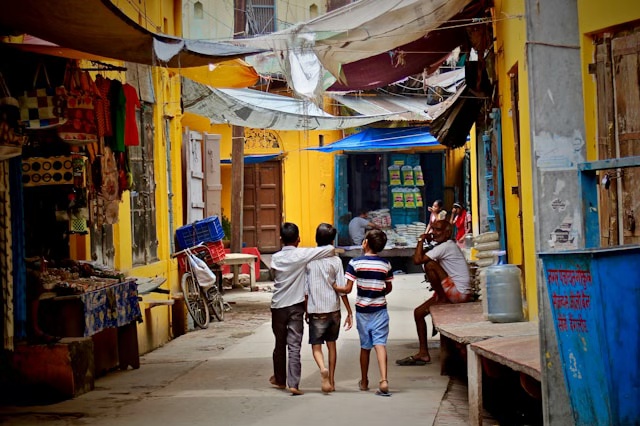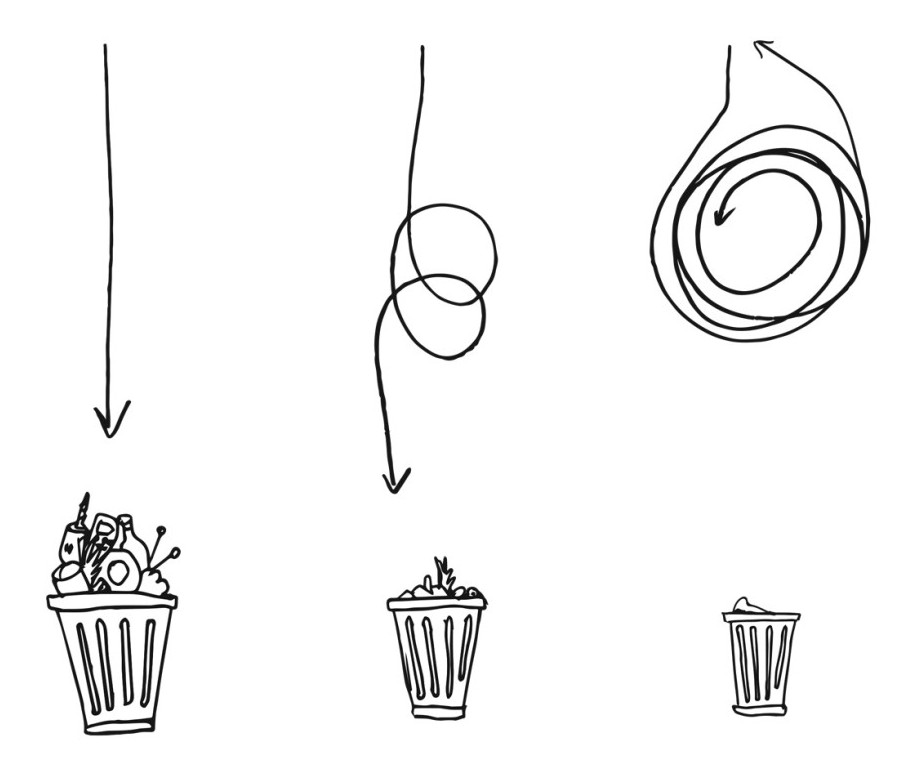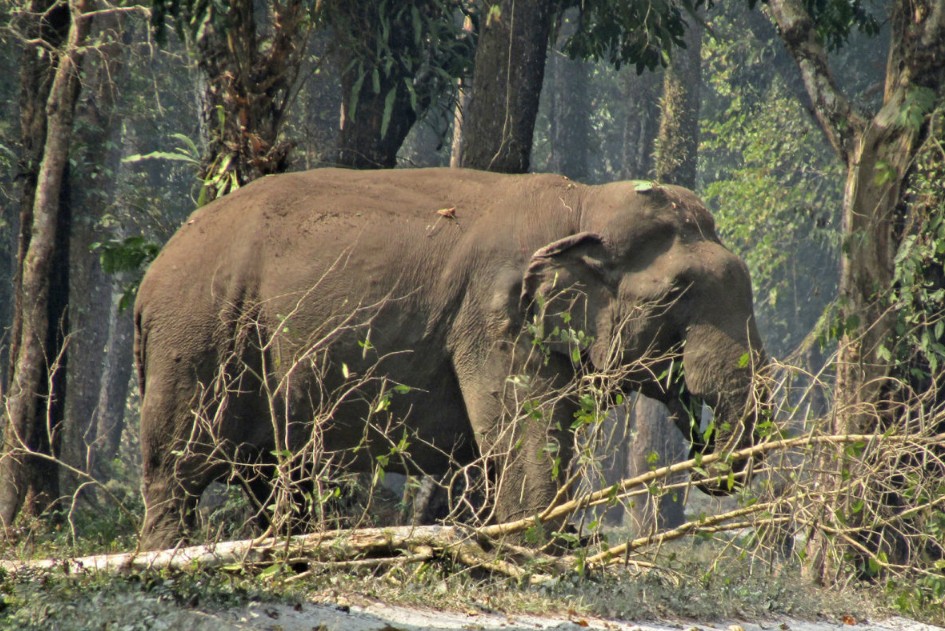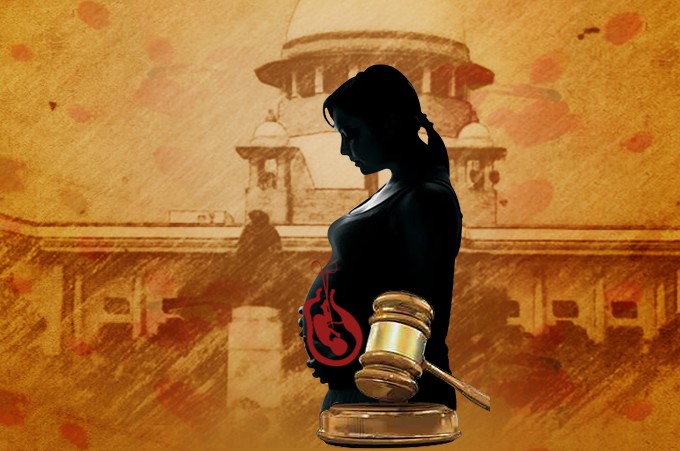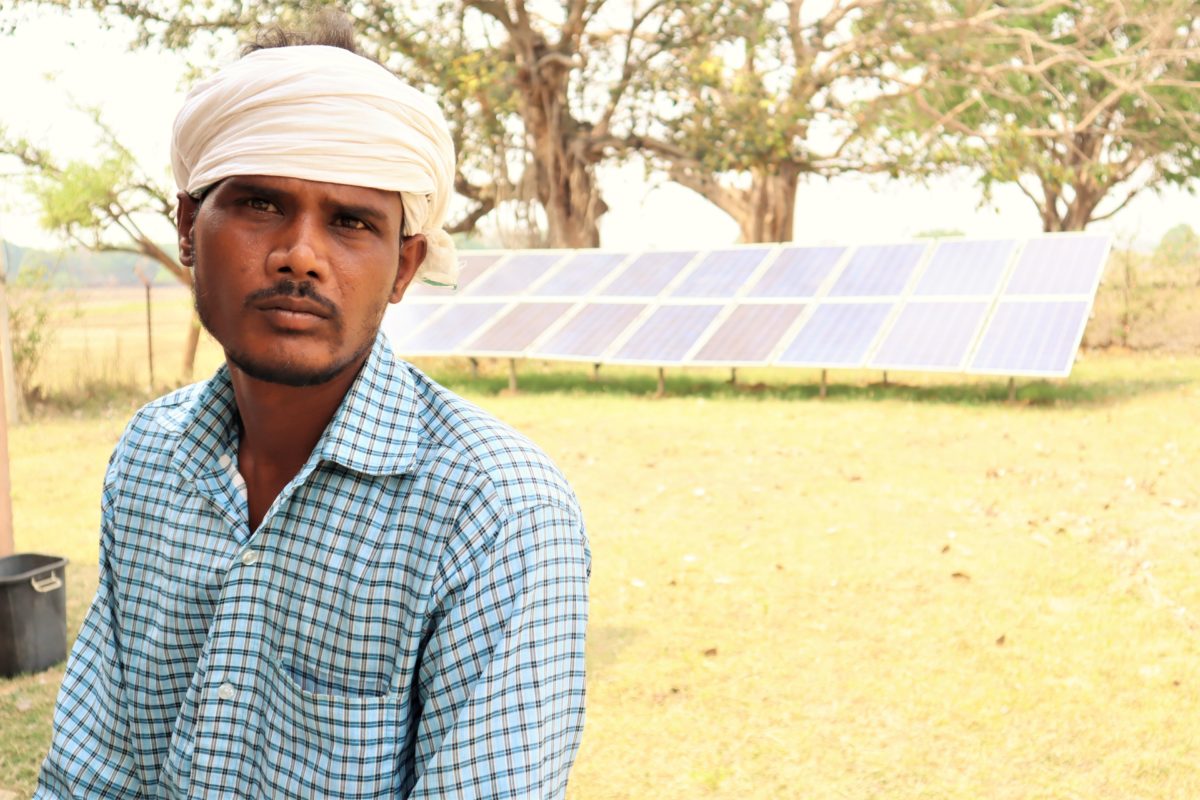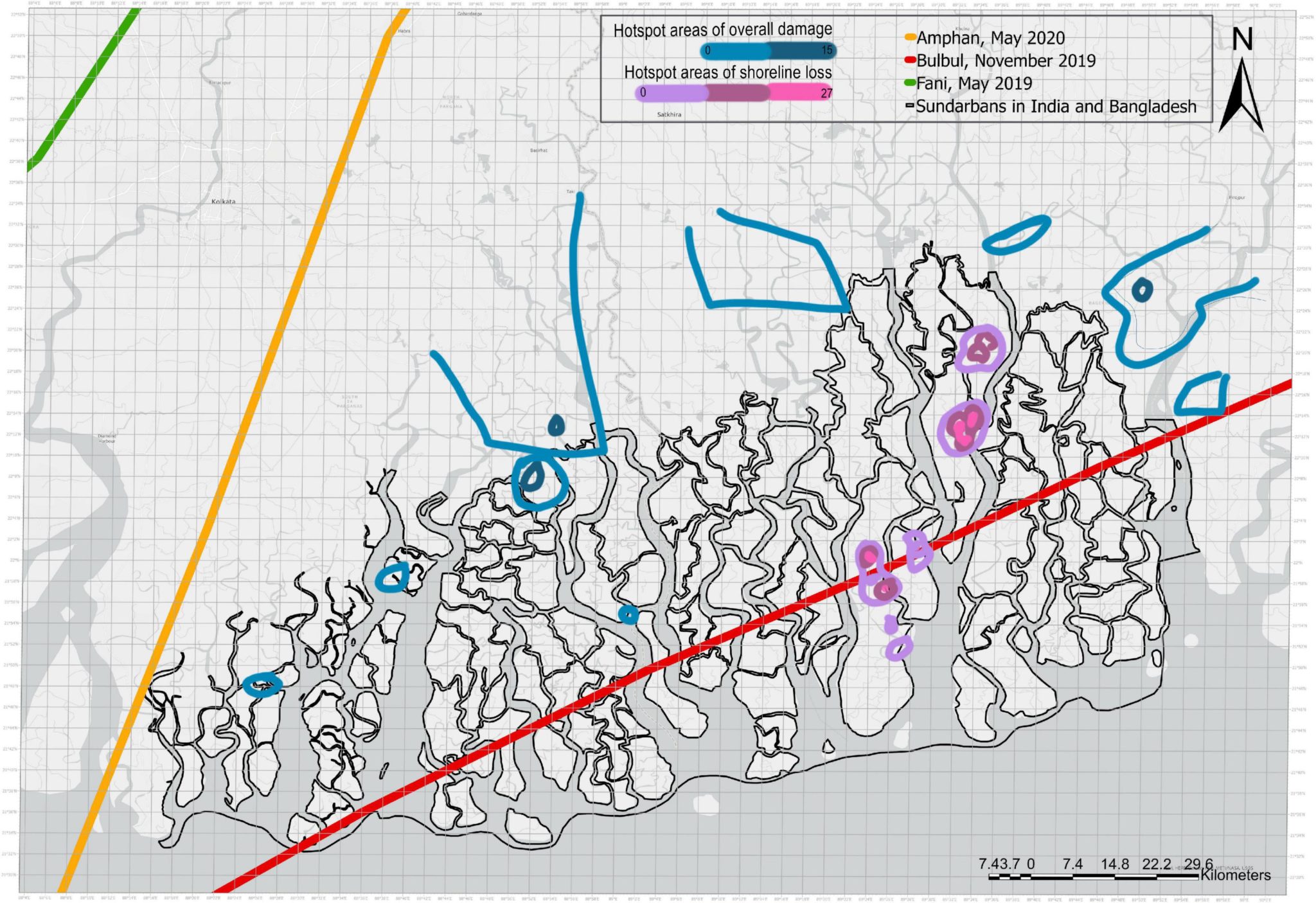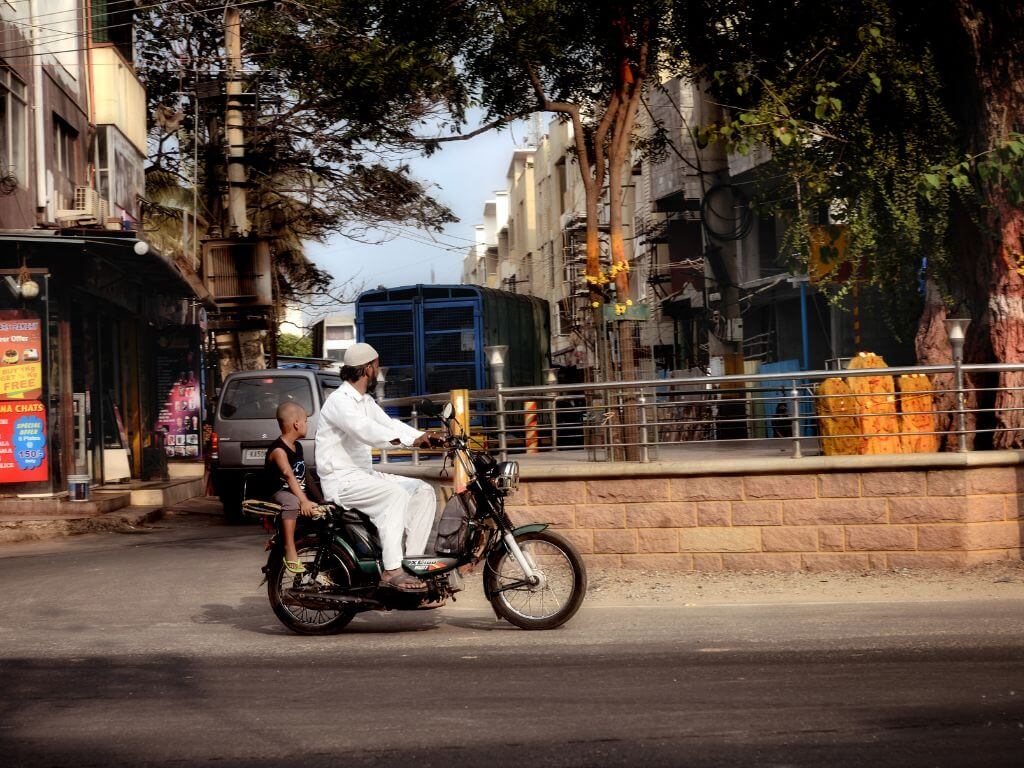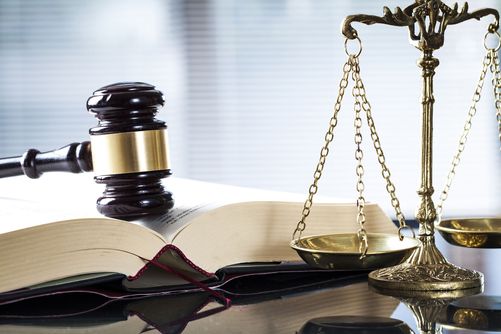Iran's leading moderate daily, Shargh, was officially shut down in the first week of August for the second time in less than a year. The apparent trigger was an interview with an expatriate, pro-reform Iranian poet Saghi Ghahraman who has been accused of promoting homosexuality (illegal in Iran), even though sexual preference was not the subject of the interview.
If the draft content code recently floated by the Union Ministry of Information and Broadcasting (officially known as Self-Regulation Guidelines for the Broadcasting Sector) is adopted in its present form, such a situation could well develop here, at least with regard to television. The code accompanies the UPA's Broadcasting Services Regulation Bill, 2007.
The code is replete with ill-defined terms that can be easily misused to curb freedom of expression. The rise in moral policing (official and unofficial) and censorship by mob in recent years already constitutes a serious threat to freedom of expression, with the media and cultural/artistic work bearing the brunt of such illiberal activities. The murderous attack on the offices of the Tamil daily, Dinakaran, and the Sun TV Network in Madurai and the vandalism perpetrated at the Faculty of Fine Arts of M.S. University in Baroda some months ago, the recent attack on Bangladeshi writer Taslima Nasreen in Hyderabad and the offices of Outlook magazine in Mumbai are just a few examples of this alarming and deplorable trend. Legislation proscribing media content because of a supposed likelihood of "shocking and offending the audience," "seriously distressing or offending viewers," etc., will only provide grist to the mill of such anti-democratic forces.
India is the third largest television market in the world with more than 112 million television households that comprise 60 per cent of the total households in the country
At present, the country has more than 350 channels Leading channels have already framed strategies to launch around 50 channels over the next few years.
According to a PricewaterhouseCoopers - FICCI survey, the television entertainment industry is likely to touch Rs.51,900 crore by 2011...The entertainment and media industry, which is pegged at Rs.43,700 crore, is likely to grow at a compounded annual rate of 18% over the next few years.
Of this, television occupies over 40 percent market share at Rs.19,120 crore and is expected to grow at a CAGR of 22 per cent to cross Rs.51,900 crore by 2011 with a 51 per cent market share in the overall entertainment and media pie..
Source: Blurred Vision, Jahanara Parveen, Voice&Data

•
2006: Sound and fury
•
Media, message, masses
•
Counsel for the Council
At the same time, as several commentators have pointed out, and some broadcasters have conceded, the media's own house does need to be set in order - preferably through an internal process -- especially with regard to ethics and standards, not to mention some of the content now masquerading as news on too many channels.
The good news is that the Bill and content code are now unlikely to be introduced in Parliament during the ongoing monsoon session, as originally planned. The bad news is that many important issues concerning the media are again being eclipsed in the renewed tug-of-war between the I&B Ministry and the broadcast industry, and that the public is in danger of being left out of the reckoning once more.
The present face-off between the government and broadcasters over the draft legislation comes exactly a year after a similar confrontation over the Ministry's attempt to regulate the media. While journalists protested against the draconian provisions of the 2006 Bill, which gave sweeping powers to the government and its representatives to cripple the media through pre-censorship and a particularly severe and potent form of inspector raj, industry leaders opposed the Bill's provisions relating to media ownership, joined in their efforts by associations representing business interests. The furore led to the earlier draft being put into cold storage. And that, it seemed, was the end of that until the new drafts were posted on the Ministry's website in the third week of July 2007, with a ridiculous two-week period for response.
Public missing in Industry-Ministry tussle
There is no guarantee that the delay in tabling the proposed legislation will lead to the necessary public debate. True, the Ministry has promised another round of discussion with "stakeholders" but so far that word has been used as a synonym for broadcasters. True, industry representatives have cited the need for a "genuine, country-wide public debate" in their effort to stall the legislation but they certainly did nothing to initiate such a process after the last bout.
At the same time it is also true that civil society has so far remained aloof from this issue, apparently unmindful of the importance and implications of media regulation in a democracy. What passes for debate on news television is often no more than sound and fury signifying nothing, and participation in the increasingly ubiquitous 'sms polls' conducted by those channels can hardly substitute for actual public engagement with current events and issues.

Illustration: Farzana Cooper
The need for public information and consultation is one aspect of the issue that has received little attention to date. Yet the primary objective of media regulation in a democracy is to preserve and protect citizens' fundamental rights to information and freedom of expression. So citizens are in fact the most important stakeholders in media policy and regulation.
In its landmark 1995 judgment relating to the broadcast media the Supreme Court of India made it very clear that the rationale for media regulation is the public interest. According to the apex court, "The airwaves or frequencies are a public property. Their use has to be controlled and regulated by a public authority in the interests of the public and to prevent the invasion of their rights."
What is needed: A widely disseminated consultation paper proposing a media regulation model for India, providing the rationale for it and seeking responses from the public to specific questions on different aspects of regulation, ranging from structures to content.
This must be supplemented by information, including data on the present media scenario (both state and private), existing media-related legislation, and regulatory structures/mechanisms currently in operation. Further, a readily accessible backgrounder on different approaches to and experiences with media regulation in other democracies would help citizens -- and their elected representatives -- form informed opinions on the subject.
This would equip all concerned to evaluate and respond to the consultation paper.
Legislation should be drafted on the basis of feedback from all stakeholders, including the public, not presented to them as a fait accompli that can only be tweaked a little this way or that.
For example, the document is peppered with references to the central government and its powers. In addition, with both the proposed Broadcasting Regulatory Authority of India (BRAI) and its regional offices to be headed by government officers, and various Licensing Authorities and Authorised Officers also to be drawn from the bureaucracy, the proposed regulatory infrastructure appears indistinguishable from the government. Further, several provisions convey the impression that BRAI is meant to merely implement policy determined by the government.
If the tussle between the Ministry and the broadcast industry over the Bill and Code is to really benefit the public, the breather provided by the delay in tabling the legislation in Parliament must be used to generate an authentic, informed public debate on the many complex issues involved in media regulation, ranging from professional norms and ethical practice to ownership and accountability.
Dangers of apathy The U.S. example
The importance of public engagement in media matters is evident from experiences in the United States of America over the past decade. When the U.S. Congress passed the Telecommunications Act of 1996 it was hailed as "the most deregulatory telecommunications legislation in history." Many believed that it would ensure benefits to consumers in the form of lower prices, better quality and greater choices in their telephone and cable services, and to citizens in terms of access to a diversity of voices and viewpoints in radio, television and print media.
According to a 2005 special report by Common Cause, "a non-profit, non-partisan citizen's lobbying organisation promoting open, honest and accountable government," most of the rosy predictions about the new law proved illusory. In fact, the Act had the opposite effect. It prompted a wave of media mergers, reducing the number and diversity of voices and views on radio and television. The domination of the media universe by a handful of giant corporations that own radio and TV stations, newspapers, cable systems, movie studios, and concert venues has left U.S. citizens with fewer actual choices in sources of information and opinion, as well as entertainment.
The report, titled "Fallout from the Telecommunications Act," suggests that things turned out this way mainly because, while the American public remained largely uninformed about the legislation, the telecom industry lobbied hard to promote their own interests. To make matters worse many elected officials across the political divide were also convinced that the public interest would be served by the competition they expected would result from the revamped law.
As a result, although the law was bound to make a big difference in people's lives, the legislative process did not involve average citizens. This itself was in part because the mass media did not cover the legislation in terms of its likely impact on the public for obvious reasons. As media scholar Robert McChesney observed, "The Telecommunications Act was covered (rather extensively) as a business story, not a public policy story." Noting that the lack of public debate surprised even veteran Washington insiders, he quoted a lobbyist on the subject: "I have never seen anything like the Telecommunications Bill. The silence of public debate is deafening. A bill with such astonishing impact on all of us is not even being discussed."
The same can be said about the present situation in India with recent drafts of the Broadcast Bill and the accompanying guidelines on content, as well as a slew of other policies and laws relating to communications (media and telecom), being framed and enacted with virtually no public awareness, let alone debate. While the Telecom Regulatory Authority of India (TRAI) must be commended for making documents available on its website and initiating processes akin to public consultation, its procedures have not facilitated real citizen participation. (See: Open Houses and Closed Doors, TheHoot.org.)
Getting the public back into the discourse
But there is hope yet, if subsequent experience in the U.S. is any indication. In 2003, citizens revolted when the Federal Communications Commission (FCC) then chaired by Michael Powell -- sought to further deregulate media. Public involvement was facilitated by two other members of the FCC itself, Michael Copps and Jonathan Adelstein, with the former especially insisting that any more relaxation of media ownership rules would be inappropriate without extensive, prior public input. The commissioners were supported and assisted by a coalition of civil society organisations with a special interest in media and democratic rights.
Thanks to these efforts from within and without, ten public hearings on the matter were held around the nation, attracting large crowds of ordinary citizens. According to McChesney, the hearings were historically unprecedented and marked a turning point in media activism in the U.S. In addition, almost 10,000 statements on media ownership were submitted to the FCC by citizens with no affiliations to corporations or trade organisations, over 99 per cent of them opposing further deregulation.
In this process nearly three million people conveyed their views on media regulation to the FCC and Congress in 2003 -- more than the number petitioning Washington on any other issue that year except for the war in Iraq! In response to the public outcry, a bipartisan majority in the Senate voted to overturn the rule changes. Congress eventually reached a compromise, agreeing to limit the level of deregulation. In June 2004 a federal appeals court issued a landmark decision overturning other changes to the media ownership limits, highlighting the importance of involving the public in media-related decisions, and sending the FCC's controversial rules back to the drawing board.
The popular media reform movement catalysed by the FCC's efforts to further deregulate the media has been strengthened by bi-annual national conferences held in various cities in 2003, 2005 and, most recently, January 2007. Despite all this, as veteran journalist Bill Moyers pointed out at the last one in Memphis, even under the old rules consolidation has been growing, diversity dwindling and localism reducing. He also warned that Kevin Martin, who succeeded Powell as FCC chairman, is equally ready to give the green light to more conglomeration.
However, at least media policy in the U.S. can no longer be formulated in complete secrecy. In preparation for its forthcoming comprehensive review of broadcast ownership policies the FCC has been holding public hearings in different parts of the country since last year, ostensibly to gather information and opinion not only from industry but also from consumers, civic organisations and others. It recently released ten research studies on different aspects of media ownership, conducted by external researchers as well as FCC staff, giving the public 60 days to provide feedback. Both the evidence gathered through the studies and the comments received from the public are meant to guide and support the Commission's decisions in the ownership proceeding. Media reform advocates are by no means satisfied with the FCC's recent efforts. However, by being proactive on media matters over the past five years, citizens have at least established the public's right to be informed about and provide inputs into the policy process.
The impact of demonstrable public concern about media matters can be seen in mainstream political discourse in the run-up to the 2008 presidential elections in the U.S. Evidently prompted by questions from the public, a number of candidates - several Democrats and some Republicans -- have recently spoken out against media consolidation, both on public platforms and in media interviews. Interestingly, according to a recent posting on the Stop Big Media blog, the mainstream U.S. media have barely covered candidates' opinions on this issue. In fact, some TV interviewers have deliberately deflected attention from such views expressed by candidates on camera and yet other commentators have criticised such stands. But such covert censorship may well prompt more public activism to ensure a broader public conversation about the media during the actual election campaign.
A truly autonomous authority must come first
If the debate over the Broadcast Bill and Content Code back home is to go beyond a power struggle between the I&B Ministry and the media industry, civil society in India will have to join the fray. Some aspects of the present drafts particularly the Code -- have been extensively commented upon in the media over the past couple of weeks. But others have received less attention, including the fundamental fact that the proposed legislation has not been sufficiently opened up to public scrutiny and discussion.
Perhaps the key point that needs to be made, and has not been made strongly enough so far, is the fact that the government has grabbed the wrong end of the stick of media regulation by coming up with such legislation in the first place. Key questions about the nature, purpose, powers, structure, composition and procedures of the regulatory body need to be determined before legislation is drafted.
The Supreme Court not only specified that the use of airwaves was to be controlled and regulated by a public authority in the interests of the public, but it also called upon the central government to take steps to establish an independent, autonomous public authority -- representative of all classes and interests in society -- to perform this function. The first step towards media regulation in the public interest must necessarily be the setting up of a properly constituted, competent and independent public authority empowered with a clear mandate and guaranteed autonomy. It is this authority that should be entrusted with the task of regulating the media -- in the public interest and in consultation with the public -- while safeguarding freedom of expression.
The Broadcasting Regulatory Authority of India (BRAI), as described in the present draft Bill, cannot pass for this kind of an institution in view of the overarching influence of the government over every aspect of it, from its constitution and composition to its powers and functions. In its present form BRAI certainly cannot be considered on par with statutory bodies such as the Election Commission. Instead of tinkering with the controversial draft Bill and content code in an attempt to make them more acceptable to the broadcast industry, the government should concentrate on establishing the public authority -- accountable to the public -- that was mandated by the Supreme Court 12 years ago. This is an idea whose time has surely come, better late than never.



